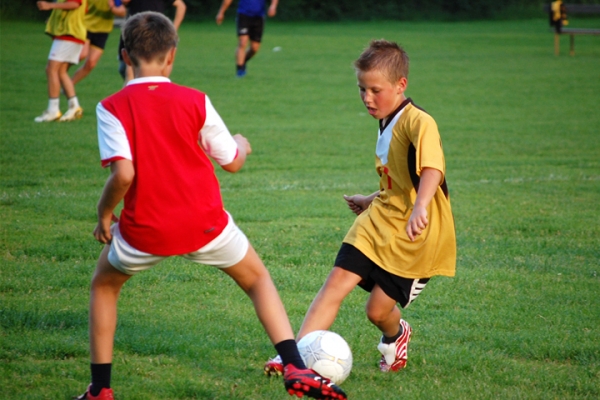To read the article as it appears in the Great Health Guide click here: https://issuu.com/great_health...
Alternatively read the text below:

First, we must define contact sports. Under the umbrella of contact sports we can outline two specific categories:
- Full contact sports: these are sports where athletes are meant to influentially strike their opponents and this includes sports such as rugby and mixed martial arts.
- Limited contact sports: these are sports which have a high probability of occasional, unintentional contact such as basketball and soccer.
For the sake of this discussion, we will focus on the ‘full contact’ group. The reason why high impact sports can be especially dangerous in young children is that they are at higher risk of sustaining injury. This can be due to: their immature ability to assess risk, a lack of skill in executing tackles, bumps and strikes, the fact that their bones are still growing and strengthening well into the 20’s and the implications of head strikes and concussion.
Rest assured, most governing bodies of various sporting codes are well aware that children need to be gradually introduced to contact sports and therefore rules are made to reflect this. Take Australian Rules football for example. In the under eight age group, there is strictly no contact allowed. Under nine/ten-year-old, allows for a modified version of tackling but strictly no bumping. Finally, once tackling skills are developed, normal tackling is allowed in the under eleven/twelve-year-old competitions.
High impact sports are especially dangerous in young children, as they are at higher risk of sustaining injury.
Health wise, playing sport has an endless amount of benefits for children. Obesity is frighteningly prevalent in today’s young population, with a quarter of children believed to be classified as overweight or obese. One major reason for this statistic is a lack of physical activity. Regular physical activity helps to assist in healthy weight maintenance, bone and muscle development, cardiovascular fitness, improving coordination and a plethora of other benefits. Outdoor sports provide good opportunities for appropriate sun exposure. While care should be taken to prevent overexposure and avoid sunburn, being out in the sun is imperative for the biosynthesis of vitamin D which plays a critical role in maintaining health and disease prevention. Sedentary lifestyle and sun avoidance are common problems for children and active involvement in sports activities is the major factor to overcome this negative influence.
From a psychosocial perspective, exercise is very important for a child’s development. Exercise can help with reducing the risk of depression, improving focus academically and aid in brain development. The benefits are further enhanced when participating in team sports. A team environment can assist in teaching a child discipline, learning appropriate social behaviour, improving social connections and providing a sense of belonging.
A number of preventative measures can be taken to reduce the likelihood of children sustaining injuries while playing contact sports. Some important factors are making sure that the child has adequate core and general muscle strength, good range of joint movement and well established balance and coordination. Clinical Pilates programs designed specifically for children can greatly help with this.
Ultimately, parents must take an active role in deciding which sport is most appropriate for their child.
Full contact sports are often associated with high incidence of traumatism such as sprains, bone fractures, tears of ligaments, concussions etc. some of which could potentially lead to severe health consequences. This should be taken into consideration when choosing the type of sport for the child. Kids with an asthenic type of constitution, light weight, poor balance and coordination are more prone to sustain sports injuries while overweight conditions might limit their mobility and make them less competitive in dynamic activities. Allowing them to experience a variety of different activities, will be the best way for a child to find their personal preference and they may even take a liking to several different sports. It is important for parents to ascertain what the rules are for a specific competition before enrolling their children in a particular sport.
As with the Australian Rules example above, measures will generally be put in place to reduce the risk of injury to children. If there is some level of uncertainty, or there are no clear rules in place, then it is best to err on the side of caution and find a competition which has the child’s best interests in mind.

